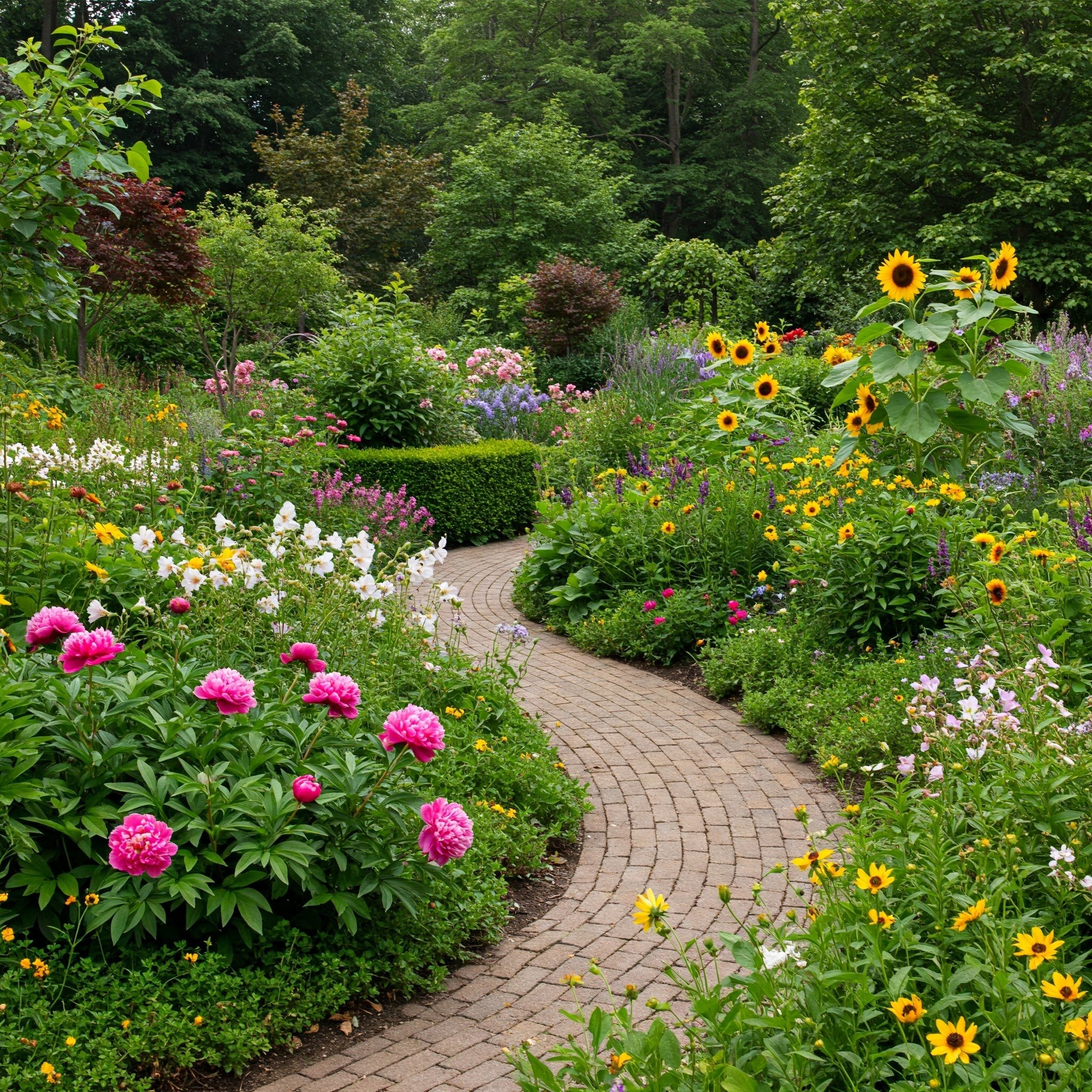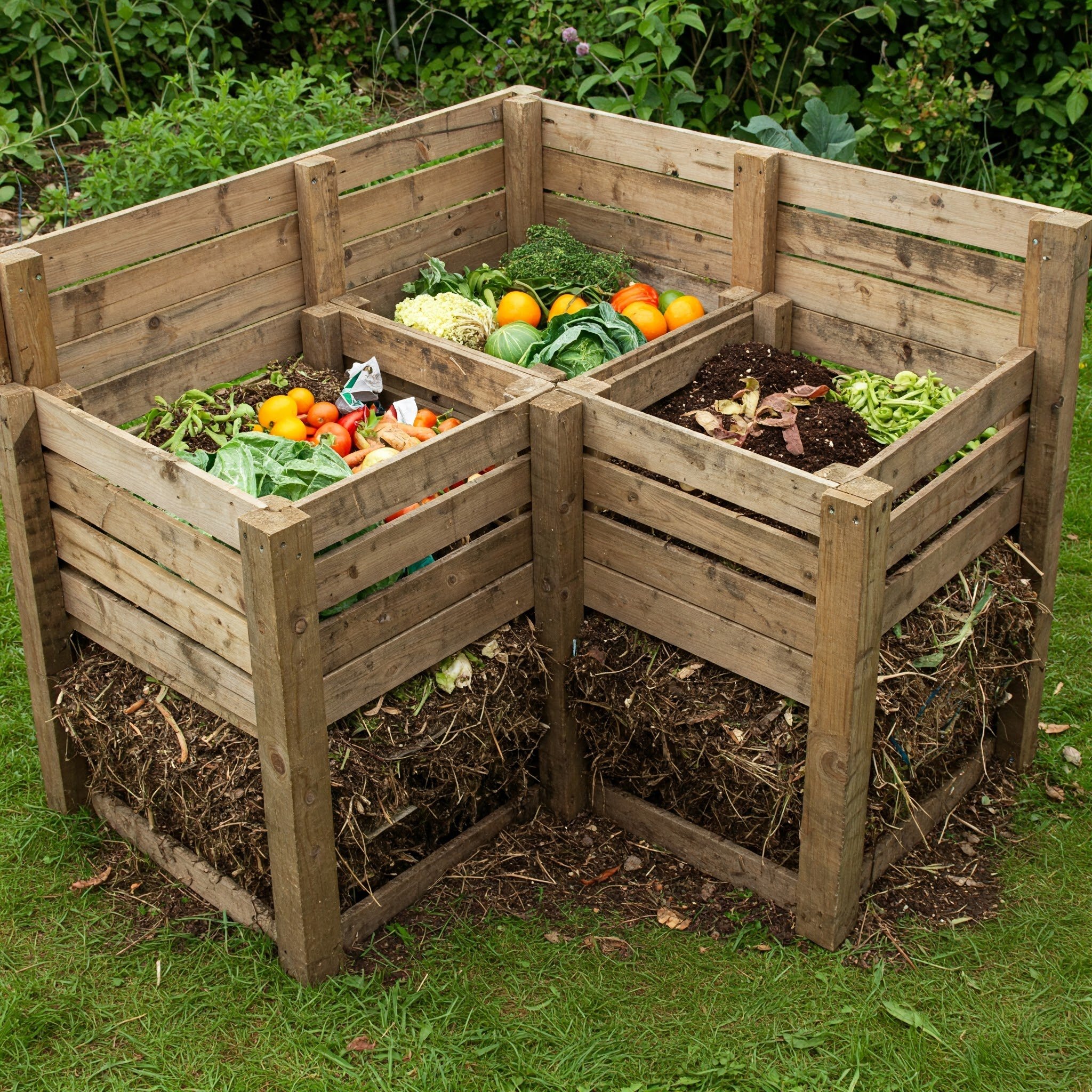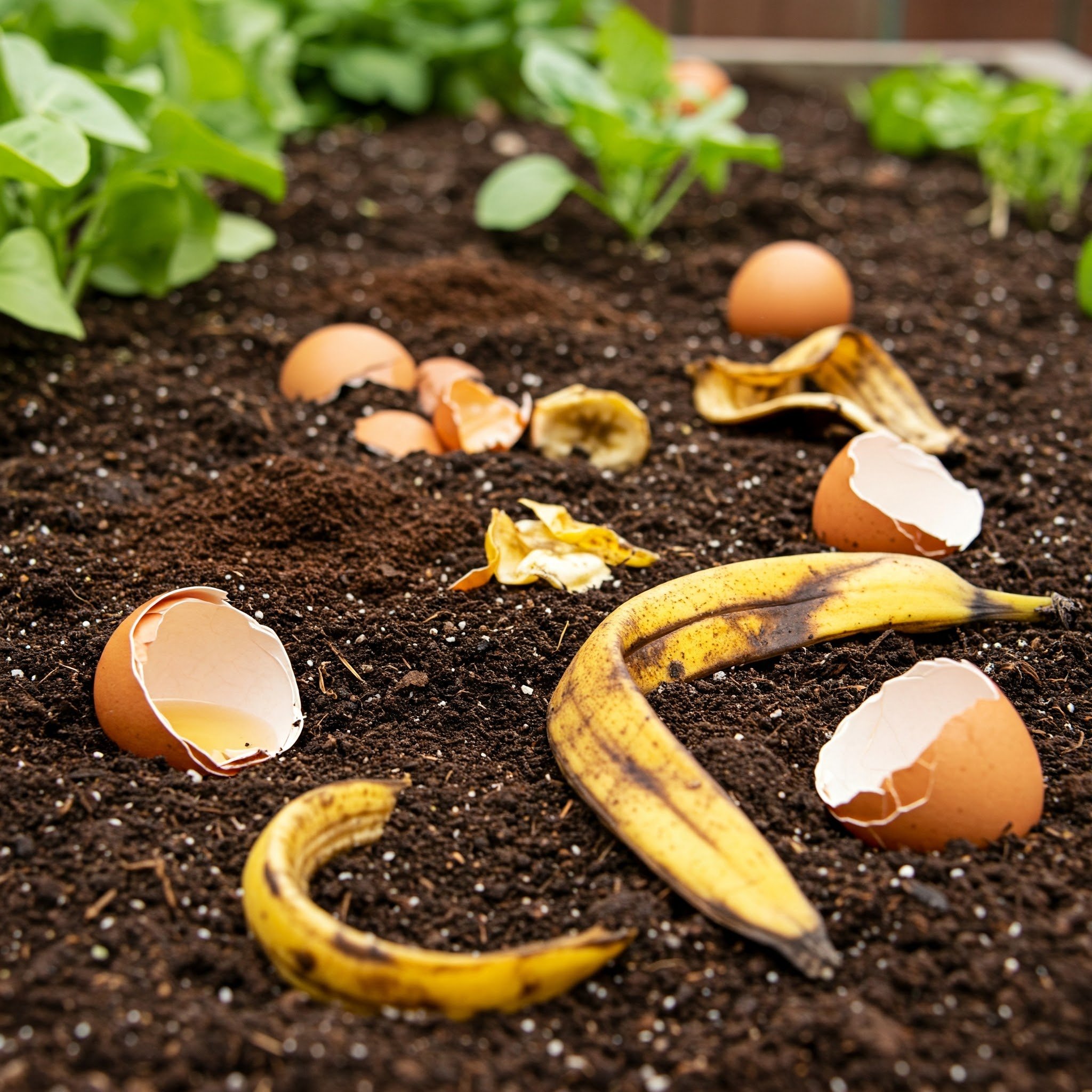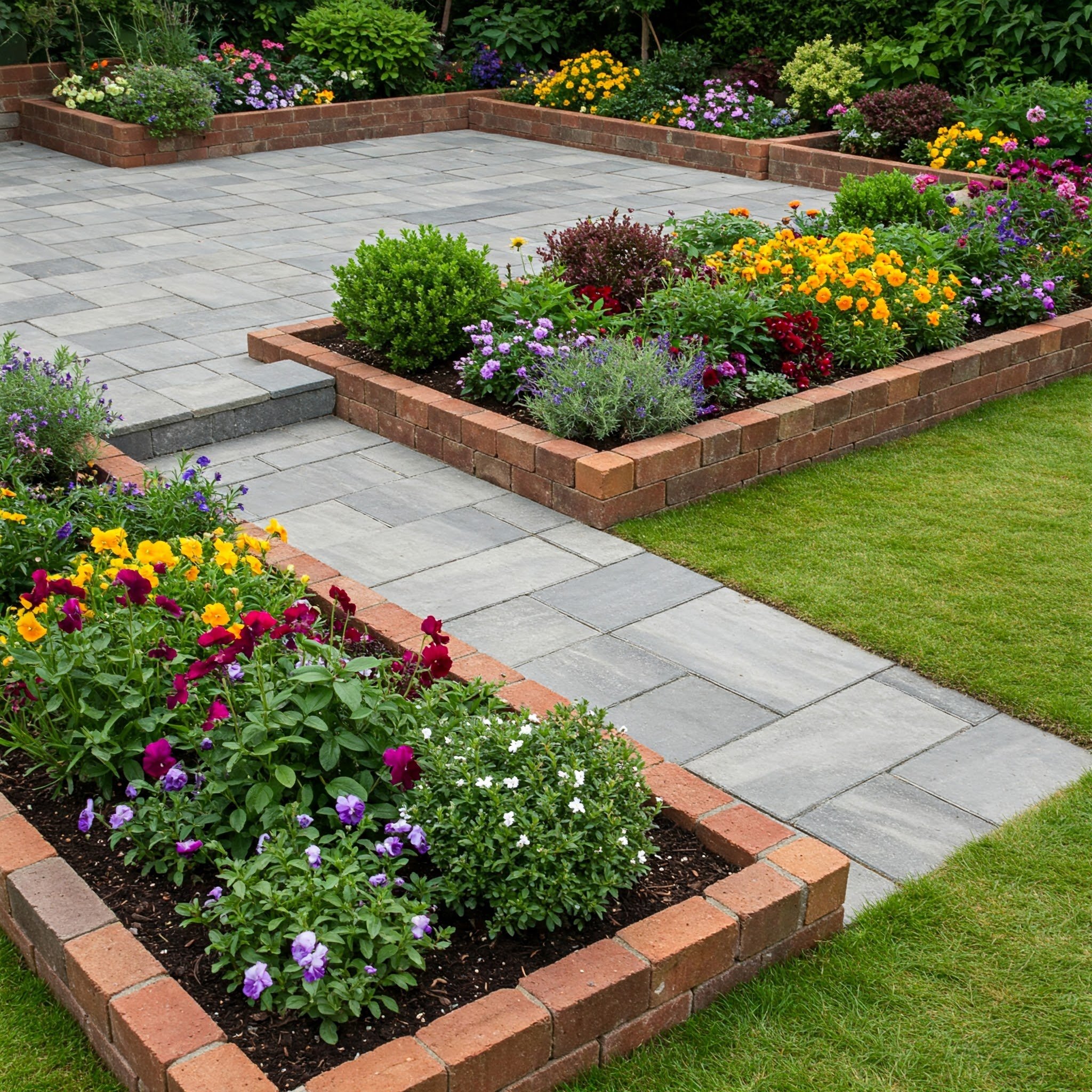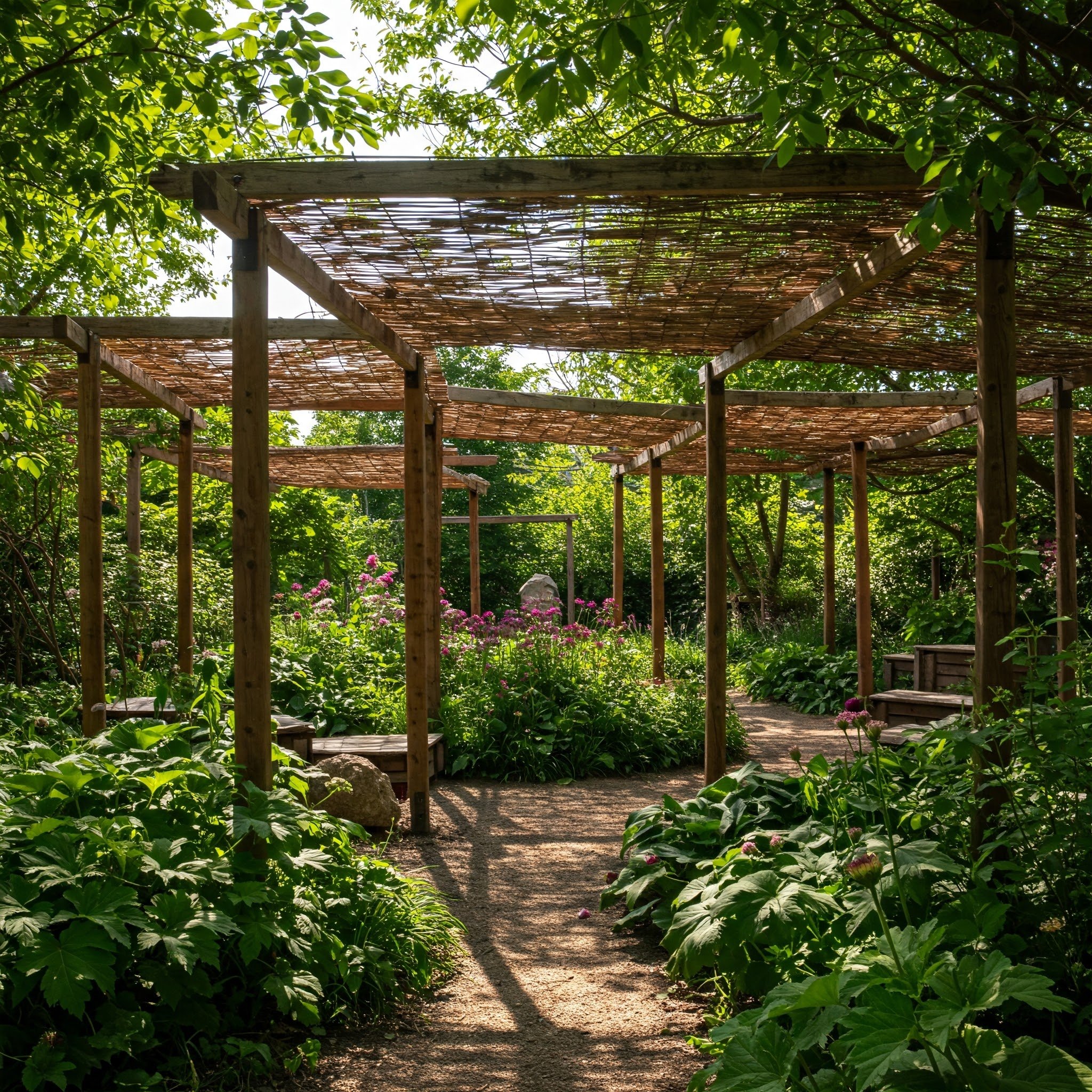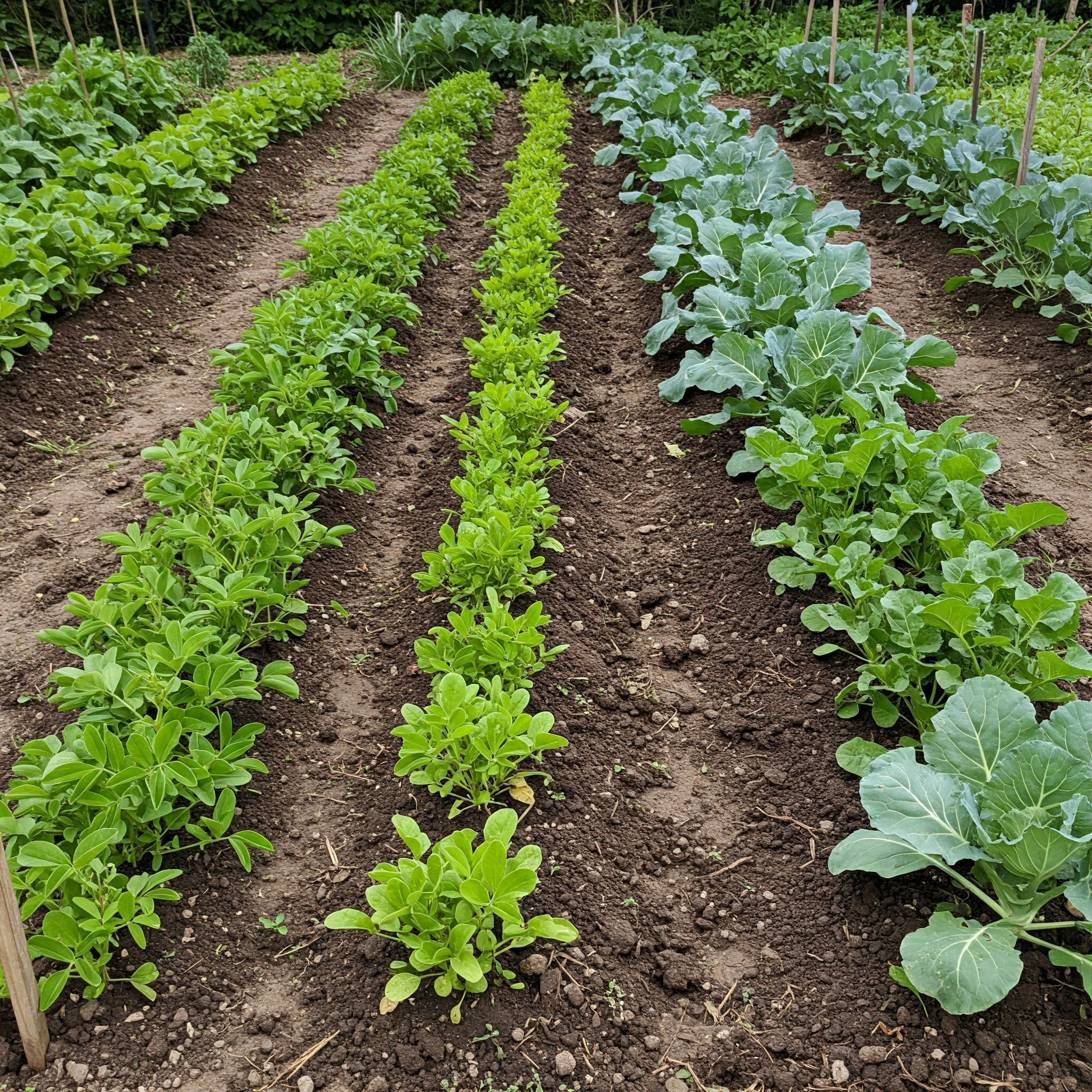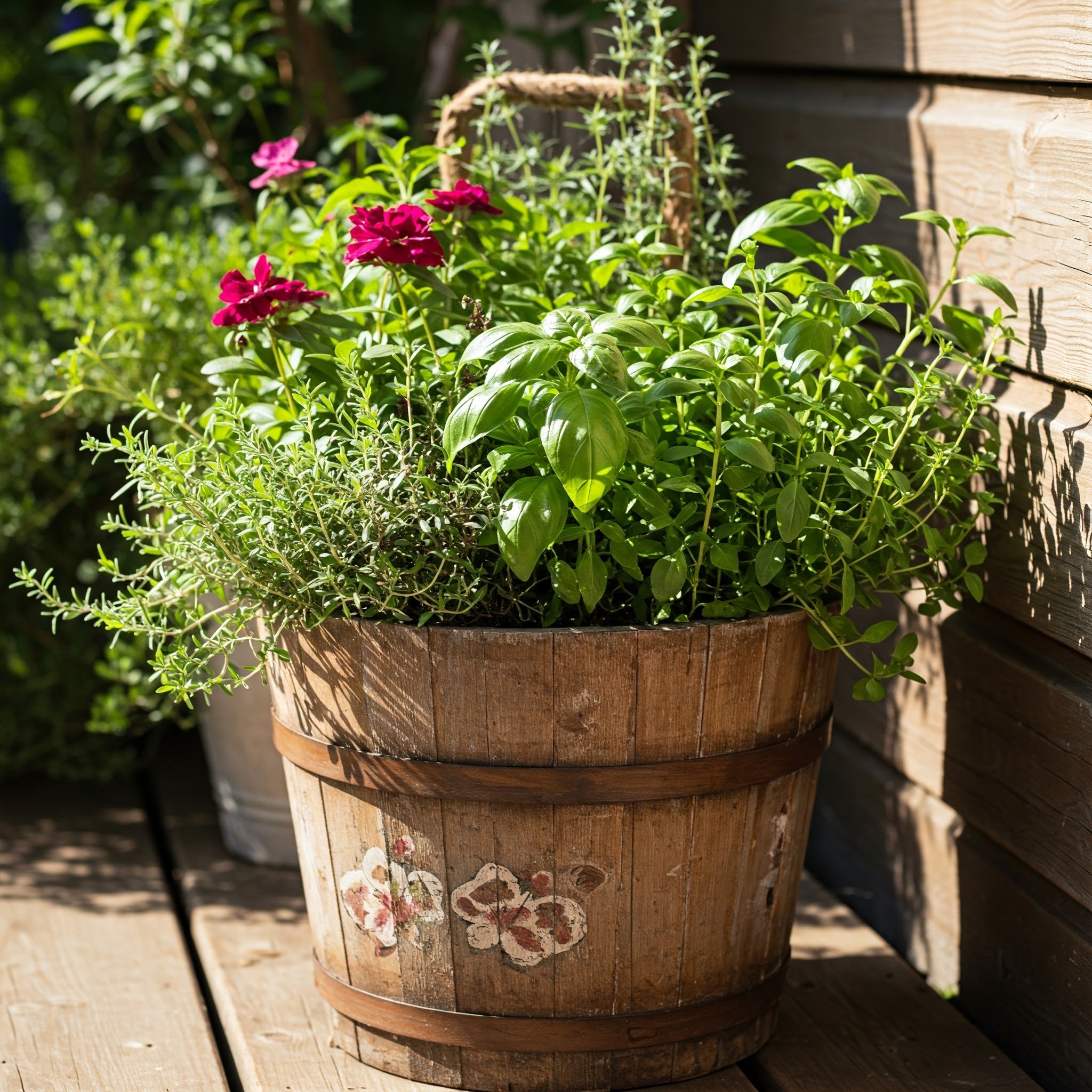15 Garden Hacks for a Thriving Outdoor Space
Want a flourishing garden without the fuss? These 15 clever hacks will help you cultivate a healthy, vibrant outdoor space. From DIY soil boosters to cost-effective watering solutions, dig in and get growing.
Is there anything more satisfying than stepping into your backyard and being greeted by lush foliage, vibrant blooms, and the gentle hum of pollinators? It’s like a little slice of paradise, right at home. But as any seasoned gardener knows, achieving that picture-perfect landscape often takes time, effort, and a good dose of know-how. That’s where garden hacks come in. These clever tips and tricks don’t just simplify the process; they make gardening more fun, creative, and wallet-friendly. Whether you’re a complete newbie or an old hand with a green thumb, there’s always something new to learn—maybe you’ll discover a quirky way to boost soil fertility or find an ingenious method for keeping pests at bay. Ready to roll up your sleeves and give your outdoor space the love it deserves? Let’s dive in!
1. Supercharge Soil with Organic Matter
A garden thrives on healthy, nutrient-dense soil, so think of organic matter as the superfood your plants crave. Materials like compost, aged manure, and shredded leaves can dramatically improve soil structure, helping it retain moisture and nutrients. Rather than relying solely on chemical fertilizers, try incorporating a layer of compost into the top few inches of soil at the start of every growing season. This not only replenishes essential elements—like nitrogen, phosphorus, and potassium—but also encourages beneficial microbes to set up shop. It’s a bit like giving your plants a daily vitamin that’s tailor-made just for them. If you’re dealing with clay soils, organic matter loosens things up, allowing roots to spread freely. And in sandy soils, it helps trap water, reducing the need for constant watering. It’s a win-win for both you and your garden.
2. DIY Compost Bins for Zero Waste
Composting can be a gardener’s secret weapon, and making your own bin doesn’t have to be complicated or expensive. Whether you repurpose wooden pallets or punch holes in an old garbage can, there’s a DIY style for every budget and skill level. Keep a small container in your kitchen for collecting fruit peels, coffee grounds, and vegetable scraps, then toss it all into your compost bin along with yard waste like leaves and grass clippings. Over time, these materials break down into a nutrient-rich mixture often called “black gold.” Turning the pile periodically speeds up decomposition by introducing oxygen. The result? A sustainable, zero-waste loop that transforms what would have been trash into a life-giving asset. Plus, it’s a neat way to witness the cycle of life right in your backyard.
3. Upcycling Household Items for Planters
Why splurge on fancy pots when you can give new life to everyday objects? Old colanders, wooden crates, tin cans, and even teapots can become whimsical planters with just a bit of imagination. Drilling drainage holes is often all you need to transform a “junk” item into a home for flowers or herbs. The benefit isn’t just cost-saving—you’re also adding a sense of charm and whimsy to your garden. Think of it as mixing vintage décor with living greenery. Plus, you’ll be cutting down on waste, which is a big environmental plus. If you’re feeling extra creative, paint or stencil a design onto your makeshift pot for a personalized touch. It’s the perfect way to showcase your personality and turn heads when friends come over to admire your lush sanctuary.
4. Companion Planting for Natural Pest Control
Sometimes, two plants are just made for each other—take basil and tomatoes, for example. Companion planting pairs specific crops that benefit one another, often by repelling pests or enhancing soil fertility. Think of it like setting your vegetables up on blind dates that actually work out. Marigolds next to squash can deter nematodes, while beans can help fix nitrogen in the soil for neighboring plants. The best part is that you’re reducing the need for chemical pesticides, keeping your veggies more organic and your ecosystem healthier. It’s an old-school technique that has stood the test of time, popular among organic farmers and home gardeners alike. So, do a bit of research, find some “plant besties,” and watch as your garden thrives in a mutually beneficial community.
5. Making the Most of Vertical Space
If you’re short on square footage but big on ambition, growing upward might be your best move. From trellises that support climbing beans to wall-mounted planters that cradle succulents, vertical gardens make use of every last inch of space. They also add eye-catching layers and dimension to your outdoor environment—like having multiple stories in a building. Pallet walls can hold small pots of herbs, while wire grids can support cucumber vines. Don’t forget about hanging baskets, which can turn the air above your patio into a mini horticultural display. Even if you’ve got plenty of space, vertical structures can help separate different garden zones or create privacy. The bottom line: if you can’t go wide, go tall. Your plants—and your sense of style—will thank you.
6. Watering Hacks for Conservation
Keeping your garden hydrated can feel like a chore, especially during dry spells. But a few clever tricks can streamline the process while reducing water waste. For example, placing a soaker hose or drip irrigation system under mulch helps water go directly to roots without evaporating in the sun. Collecting rainwater in barrels is another game-changer, giving you a steady supply of chemical-free water that’s gentle on plants. If you have container gardens, self-watering pots or adding water-retaining crystals to your potting mix can make a world of difference. And don’t overlook the simple technique of watering in the early morning or late evening, when temperatures are cooler. That way, precious moisture doesn’t evaporate before your plants can drink it in. Less waste, healthier plants—everyone wins.
7. Using Mulch to Retain Moisture
Mulch is like a cozy blanket for your soil—one that helps keep moisture in, regulates temperature, and smothers pesky weeds. Materials like straw, shredded leaves, or wood chips are garden favorites, providing both aesthetic and practical benefits. By blanketing the ground around your plants, you reduce evaporation and allow roots to stay cool under the summer sun. Over time, organic mulches also break down and enrich the soil with nutrients, creating a self-sustaining cycle. It’s not just about water conservation, though; a good layer of mulch can also help reduce soil compaction and keep your garden looking neat and polished. Think of it as an extra layer of protection, ensuring your plants thrive with minimal fuss. And hey, who doesn’t love a little less weeding?
8. Attracting Pollinators with Smart Plant Choices
Butterflies, bees, and hummingbirds are like the VIP guests of any garden party. By planting nectar-rich flowers—like coneflowers, bee balm, and lavender—you can roll out the red carpet for these beneficial critters. Not only do they add a magical sense of movement and color to your space, but they also help pollinate your plants, boosting yields of fruits and vegetables. If you’re short on space, consider a small “pollinator corner” with potted blooms or even a window box filled with sweet-smelling herbs like thyme and oregano. As a bonus, some pollinator-friendly plants also ward off pests with their strong scents. This synergy means you’re effectively enlisting nature’s help in your fight against garden nasties. After all, a thriving garden often depends on the tiny but mighty heroes that flit from bloom to bloom.
9. Reusing Kitchen Scraps for Plant Food
Before you toss out banana peels, eggshells, or coffee grounds, think twice. These kitchen scraps can do wonders for your garden when used as natural fertilizers. Eggshells, for instance, provide a calcium boost that helps prevent blossom-end rot in tomatoes. Banana peels offer a quick hit of potassium and can be chopped and buried near rose bushes. Coffee grounds are excellent for acid-loving plants like blueberries or hydrangeas, plus they can help deter some pests. The trick is to use these scraps in moderation or mix them into your compost so you don’t unbalance the soil. You’re basically turning everyday waste into a free buffet for your plants. It’s not just budget-friendly; it’s also a small act of environmental kindness, completing the cycle from kitchen to garden and back again.
10. Garden Bed Edging Ideas for a Polished Look
Edging might seem like a small detail, but it can transform an otherwise ordinary garden into a showpiece. Stones, bricks, or even repurposed bottles can create defined borders that keep mulch and soil neatly in place. If you’re on a budget, consider using reclaimed wood or fallen branches for a more rustic vibe. Not only does edging help separate lawn from garden beds, but it also aids in weed control by establishing a clear boundary. Think of it as framing a painting—the right edge highlights the artistry of your blooms and veggies. If you’re aiming for a modern look, metal edging provides a sleek finish. Whichever path you choose, a well-edged garden bed instantly adds a sense of order and care, making your entire outdoor space feel polished and intentional.
11. Quick Fixes for Weed Control
Weeds are the uninvited guests at your garden party—annoying, stubborn, and ever-ready to crash the celebration. While pulling them out by hand is effective, a few additional tricks can lighten your load. For instance, newspaper layers topped with mulch can smother weed seeds, blocking them from sunlight. A sprinkle of corn gluten meal can also inhibit new weed growth if timed correctly. If you prefer a more direct approach, try a small, targeted flame weeder for cracks in pathways, though exercise caution. Over time, consistent mulching, proper spacing, and even drip irrigation (which waters plants but not weed seeds) can reduce weed invasions. Weeds might always be a reality, but with these hacks, you’ll spend less time battling invaders and more time enjoying your flourishing garden.
12. Creating Shade with Simple Structures
Sunlight is a blessing for most gardens, but certain plants—like leafy greens—prefer a bit of relief from scorching midday rays. Enter the world of DIY shade solutions. Even a makeshift bamboo screen or cloth canopy can help create a cooler microclimate, preventing sunscald and wilt. If you have a pergola or arbor, train climbing vines like wisteria or grapes to form a living roof that filters intense sunlight. For container gardens, you could strategically position taller pots or use a simple beach umbrella. The goal is to let in enough light for growth while preventing excessive heat stress. Creating shade doesn’t have to be complicated or pricey—it just requires a little ingenuity. And let’s face it, who doesn’t love a cozy nook in the garden for escaping the summer heat?
13. Rotating Crops for Long-Term Soil Health
Growing the same plants in the same spot year after year can deplete soil nutrients and invite pests to settle in. That’s where crop rotation comes in—a cyclical approach to planting different types of crops in each garden bed over successive seasons. Think of it like musical chairs for your vegetables. For example, if you grew tomatoes in one bed last year, switch them out for beans (which fix nitrogen in the soil) this time around. Leafy greens might follow root vegetables, and so on. This rotation helps break pest cycles, as many insects and diseases are crop-specific. It also balances soil fertility, saving you money on fertilizers. The end result? A healthier, more resilient garden that continues to thrive season after season, all thanks to a bit of strategic planning.
14. Low-Maintenance Garden Designs
We’d all love a lush, vibrant garden that practically takes care of itself, right? While that might be a slight exaggeration, opting for low-maintenance designs can help you come close. Start by choosing hardy, drought-tolerant plants that don’t need constant watering or fussing. Group those with similar water and sunlight requirements together, so you don’t have to micro-manage different zones. Adding a layer of mulch further simplifies weed control and moisture retention. For a polished look, consider planting in symmetrical patterns or using repeated elements—like the same variety of ornamental grass—throughout. This repetition creates a sense of cohesion without extra effort. Finally, incorporate easy-care shrubs for structure, and fill gaps with perennial groundcovers. Before you know it, you’ll have a garden that’s visually appealing and doesn’t consume all your free time.
15. Making the Most of Small Urban Spaces
Not everyone has the luxury of a sprawling backyard, but that doesn’t mean you can’t cultivate a thriving garden in an urban setting. Even a small balcony or patio can become a green oasis with the right techniques. Vertical gardening, hanging baskets, and window boxes help maximize limited footage, while tiered plant stands let you grow multiple species in a compact footprint. Embrace container gardening—choose pots that match your aesthetic, and group them in clusters for visual impact. If sunlight is limited, go for shade-loving plants like begonias or ferns. Herbs and microgreens are also perfect for tight spaces, providing fresh flavors for your kitchen. The trick is to see every inch as an opportunity. With a bit of creativity, your urban sanctuary can flourish just as vividly as any suburban yard.
Conclusion
There’s no one-size-fits-all formula for gardening success, but these hacks prove there’s always a simpler, more imaginative way to nurture your outdoor space. From boosting your soil with organic matter to inviting pollinators with bright blooms, small changes can yield big results over time. Remember, a thriving garden isn’t just about plants—it’s also about you, the gardener. Each clever idea or DIY project you take on adds another layer of personal touch and pride to your green oasis. So why not take the leap and try something new this season? After all, the most rewarding part of gardening is watching life unfold—one seed, one bloom, one mindful hack at a time. Happy digging, and here’s to a healthier, more vibrant garden!
Frequently Asked Questions
1. Are these hacks suitable for beginners, or do I need prior gardening experience?
Most of these tips are beginner-friendly and can actually help you learn the ropes. Start small, and you’ll pick up skills as you go along.
2. How can I adapt these hacks for indoor gardening or houseplants?
Many are easily tweaked—like composting and upcycling containers. Just ensure you consider drainage and indoor light conditions for houseplants.
3. Do I really need special equipment for projects like vertical gardens or drip irrigation?
Not necessarily. Many of these projects can be done using everyday materials, though specialized kits exist if you’re short on time or prefer a professional finish.
4. How do I ensure these hacks work in different climates or soil types?
Adaptation is key. Focus on local plant varieties and modify watering methods or soil amendments based on your region’s typical weather and ground conditions.
5. Is organic gardening possible if I use some of these tips?
Absolutely. In fact, many hacks—like using compost or attracting pollinators—fit seamlessly into organic gardening practices, promoting a balanced ecosystem without synthetic chemicals.
